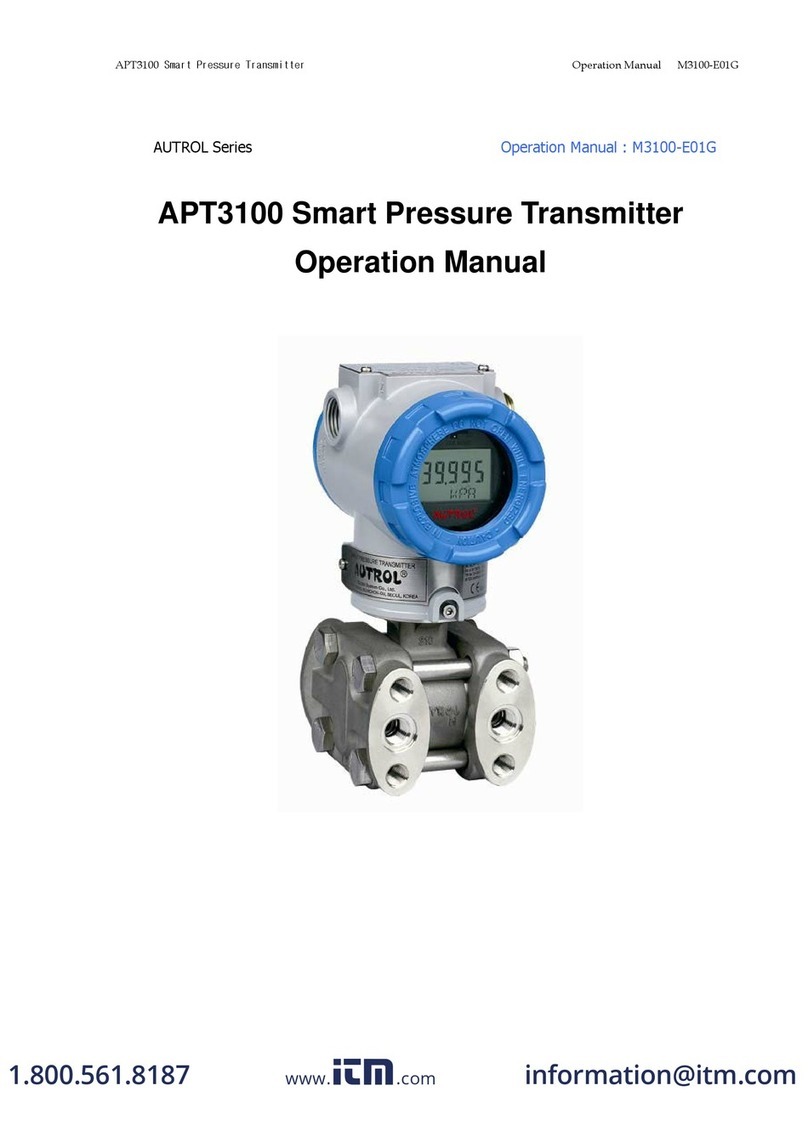
Page 4 of 16
AT400 User Manual
Rev 2.0
Jan. 05-2017
IMPORTANT SAFETY INFORMATION (continued)
EU – Declaration of Conformity
Kanomax-USA declares that the product for this manual complies with the
essential requirements and other relevant provisions of Directive 1999/5/
EC. A copy of the Declaration of conformity is available on request.
RoHS Statement
Concerning EU-Directive 2011/65/EU (RoHS 2), to the best of our
knowledge, based on supplier provided information, all Kanomax-USA
Instrument brand products, are not intentionally manufactured or
formulated with the following substances: Lead, mercury, cadmium, hexavalent
chromium, polybrominated biphenyls (PBB), polybrominated diphenyl
ethers (PBDE). Minimal levels established in the 2005 RoHS Directive still
apply under Article 4(2), Annex II: 0.1% by weight in homogenous
materials for lead, mercury, hexavalent chromium, polybrominated
biphenyls and polybrominated diphenyl ethers; 0.01% by weight in
homogenous materials for cadmium. Please be advised that we do not
analyze for these substances.
WEEE – Waste Electrical and Electronic Equipment - 2002/96/EC
Kanomax-USA asks that allour products tobe recycled at the end oftheir
current use, to comply with local waste requirements. Kanomax-USA supports
local Waste Electrical andElectronic Equipment (WEEE) directives where
they are inoperation. That means that WEEE may not be disposed as
unsorted municipal waste but istobe collected separately. Kanomax-USA
consumer products are therefore labeledwith a crossed-out “wheelie-bin”
symbol which you can see above. Further, allour products bear anyother
appropriate symbols for their respective region. WEEE may contain
hazardous substances which may negatively affect the environment and
human health when disposed of through normal channels. Kanomax-USA is
committed toreduce the negative environmental and human health effects of
WEEE.
www. .com information@itm.com1.800.561.8187




























